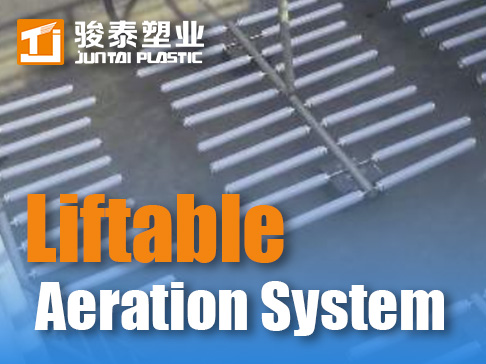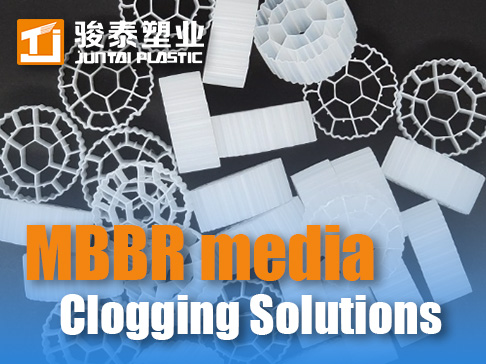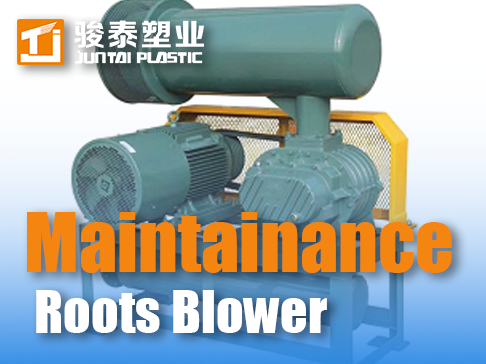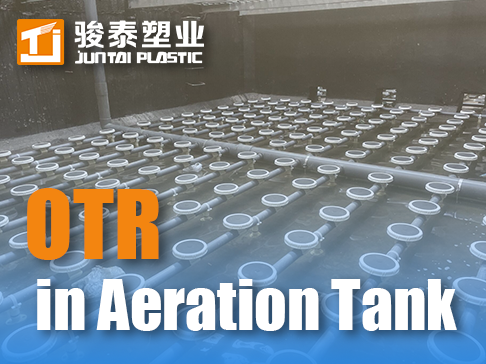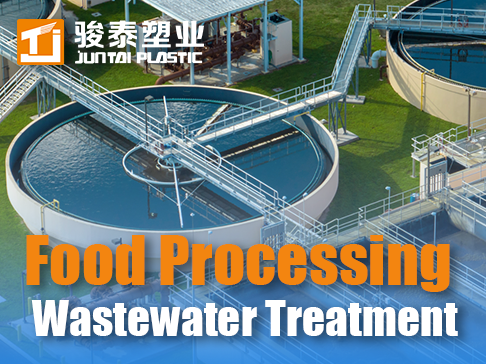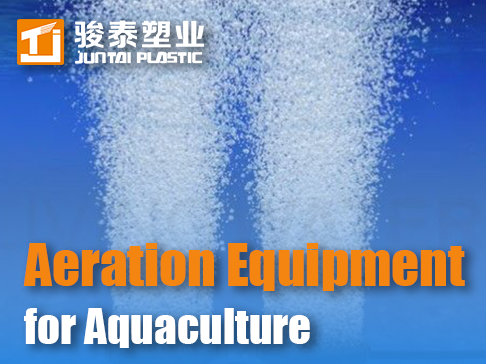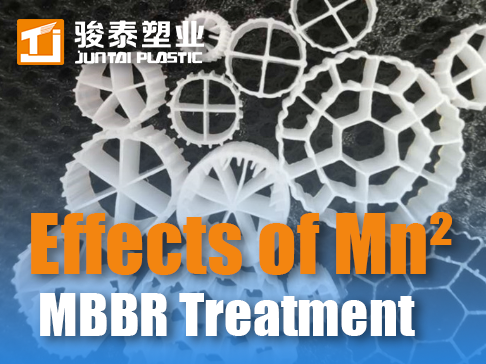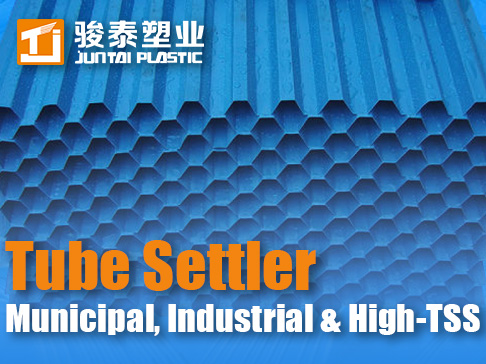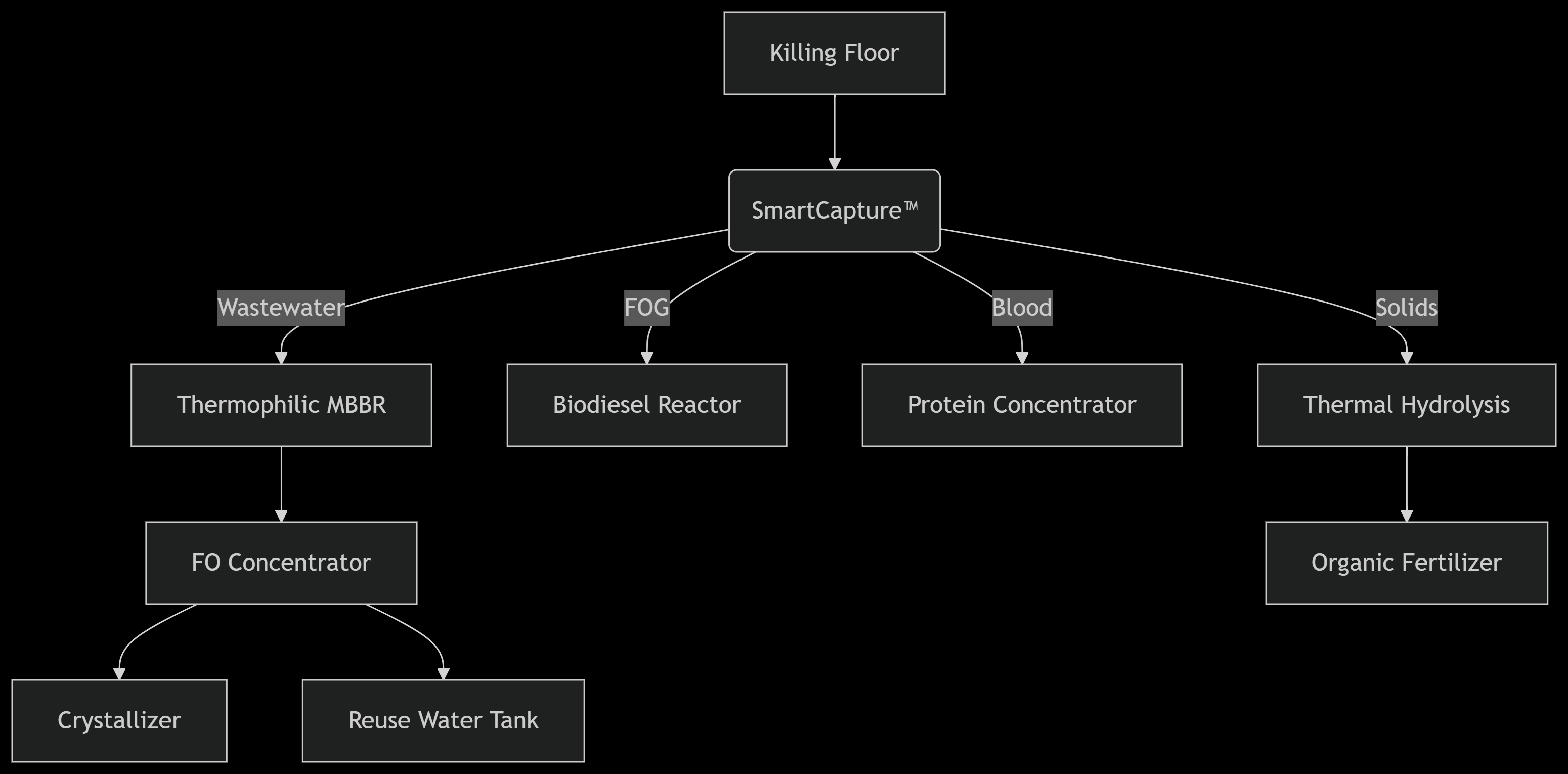 +86 13600513715
+86 13600513715 Decentralized Slaughterhouse Water Reuse: Achieving 85% Recycling with Modular Treatment Trains
The Water-Energy Nexus in Meat Processing
Modern slaughterhouses consume 15-40 m³ of water per ton of live weight, with 70% used in cleaning. Rising costs and regulations demand innovative solutions:
-
Water scarcity: 58% of global slaughterhouses face supply disruptions
-
Effluent surcharges: Up to $8.60/m³ for high-BOD discharge
-
Thermal energy waste: 80°C cleaning water loses 65% heat untreated
Juntai's modular water reuse systems transform wastewater liabilities into assets: -
Closed-loop cleaning: 85% water recycled at 75°C
-
Heat recovery: 92% energy capture via plate exchangers
-
Zero liquid discharge: Crystallizers produce fertilizer from brine
Breakthrough Technologies for Water & Resource Recovery
1. Intelligent Primary Capture System
Table: Real-time contaminant separation performance
| Contaminant | Conventional Screening | Juntai SmartCapture™ | Improvement |
|---|---|---|---|
| Hair/Feathers | 83% capture | 99.7% | +16.7 pts |
| Fats (FOG) | 68% removal | 97.2% | +29.2 pts |
| Blood Proteins | 42% recovery | 91.5% | +49.5 pts |
| Processing Time | 45 min/batch | Continuous operation | -100% |
Core Innovations:
-
3D-vibrating screens: Self-cleaning 200μm wedge-wire filters
-
Electrocoagulation-flotation: Removes colloidal blood at 0.8 kWh/m³
-
Cryogenic fat separation: Freezes FOG at 4°C for easy skimming
2. Thermophilic MBBR for High-Strength Organics
Slaughterhouse effluents contain 3x higher ammonia than municipal sewage. Our solution:
-
Bio-block media with Calditerricola satsumensis: Thrives at 55-65°C
-
Two-stage nitrogen removal:
-
Aerobic zone: Nitrification at 50 mg NH₄⁺/L·hr
-
Anoxic core: Denitrification via biofilm stratification
-
-
Salinity tolerance: Handles 8,000 ppm Cl⁻ from curing brines
Performance: 95% COD removal at 12 kg/m³·day organic loading
3. Membrane-Free Concentration Technology
Replacing energy-intensive RO with:
-
Forward osmosis (FO): Draw solution recovers 85% water at 0.3 kWh/m³
-
Vibratory shear-enhanced process (VSEP): Prevents membrane fouling
-
Crystallizer integration: Produces NPK 12-4-6 fertilizer granules
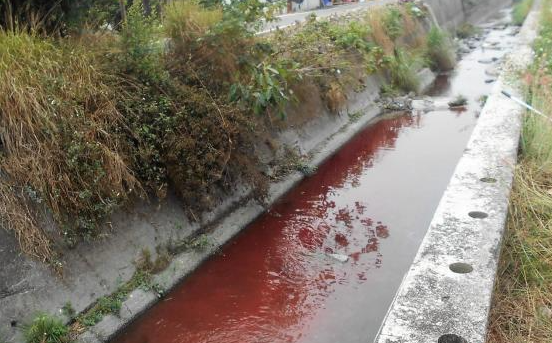
Modular Treatment Train Architecture
Reuse Water Quality:
-
Turbidity: <1 NTU
-
Pathogens: Undetectable
-
Residual chlorine: 0.5-1.0 mg/L
-
Temperature: 75±2°C for sanitization
Economic Model: Cost Transformation
| Parameter | Traditional System | Juntai Reuse System | Delta |
|---|---|---|---|
| Water Cost ($/m³) | 2.85 | 0.41 | -86% |
| Energy (kWh/m³) | 8.2 | -1.5* | Net producer |
| Sludge Disposal | $120/T | -$25/T (fertilizer revenue) | +$145/T |
| Effluent Surcharges | $6.80/m³ | $0 | 100% savings |
*Biogas + heat recovery generates surplus energy
Case Study: Canadian Pork Processor
200-hog/day facility challenges:
-
$380,000/year water costs
-
-30°C winter temperatures crippling biological treatment
-
Blood disposal costs: $85/T
Juntai Implementation:
-
Installed containerized treatment train:
-
SmartCapture™ for blood/fat recovery
-
Insulated thermophilic MBBR
-
FO-crystallizer unit
-
-
Results:
-
Water reuse: 82% reduction in freshwater intake
-
Blood plasma sold to pharmaceutical: $1,200/T
-
Net energy positive: Sells 1.2 MWh/day to grid
-
ROI: 18 months
-
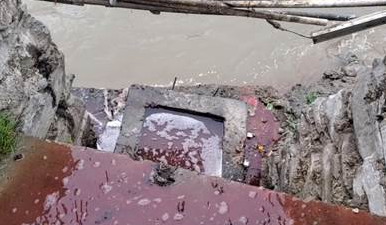
Future-Proof Technologies
1. Autonomous Operation System
-
AI vision sorting: Identifies contaminant types via hyperspectral imaging
-
Self-optimizing dosing: Adjusts enzymes based on real-time BOD analysis
-
Predictive component replacement: Sensors forecast maintenance needs
2. Advanced Resource Valorization
-
Heparin extraction: Blood-derived anticoagulant ($5M/kg)
-
Chitosan production: From crustacean processing waste
-
Collagen recovery: For cosmetic/pharmaceutical use
3. Climate Resilience Package
-
Arctic-grade insulation: Maintains 55°C in -40°C environments
-
Stormwater integration: Harvests rainfall for makeup water
-
Flood-proof electronics: Submersible controls to 3m depth





